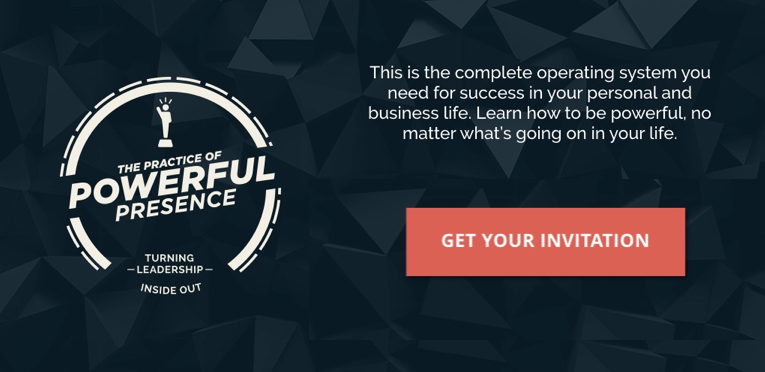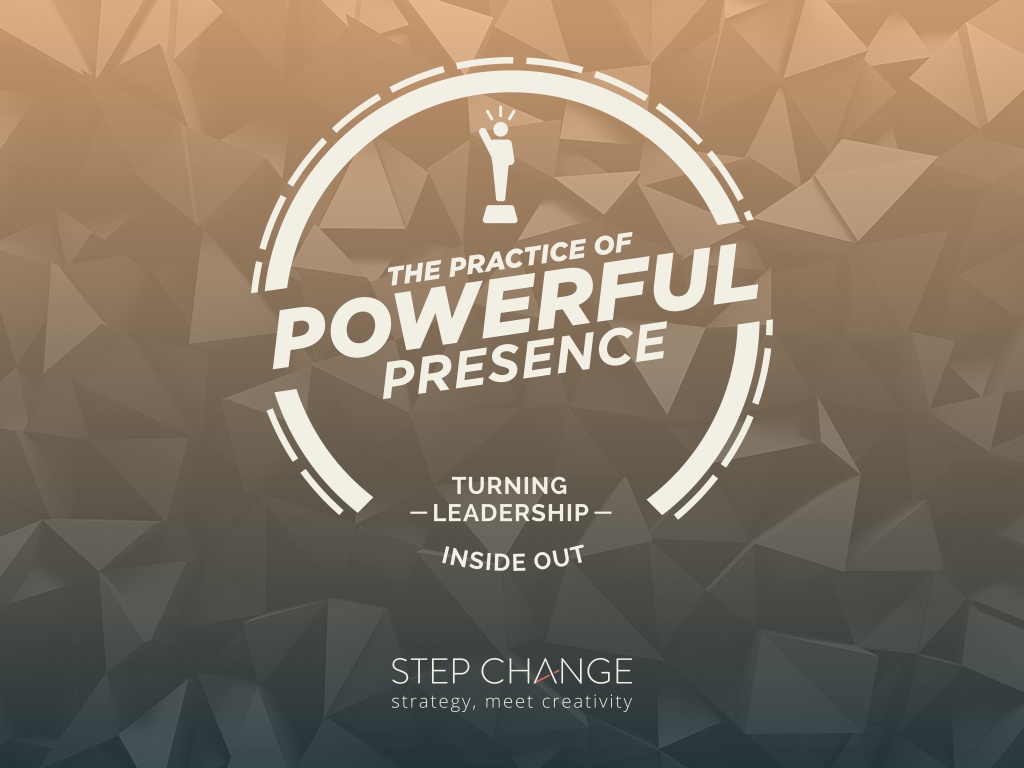The biggest hindrance to transformation and innovation in the workplace is blame culture. Throughout most times, many do not realise that an atmosphere of blame can be deeply rooted in leadership.
Insight: Many Australian employees are unhappy at work citing a prevalence of blame culture in the workplace.
Data: A ‘culture of blame’ permeates Australian organisations, which is quite distinct from other Western countries. (Human Synergistics)
Key Action Point: Learn to manage the loss of power by taking accountability.
A Culture of Blame in the Workplace
According to a report from Human Synergistics, a blame culture is common across Australian organisations; in fact, leading employees think the best way to get ahead is to keep themselves out of trouble and avoiding further responsibility altogether.
The report cites further that workplace cultures are competitive, oppositional, and thrive on avoidance, which is made even worse by leaders who focus on short-term performance and rewards.
It’s often true that when something goes wrong, it is a natural reflex for organisations to quickly identify how the problem happened and who is at fault. Worse, leaders single out names when investigating what happened. In working towards a resolution, those in the wrong are either asked to fix these issues themselves where they fear the looming consequences of being moved, replaced, or marked as someone who can no longer be trusted in the future.
In an atmosphere of this same fear and blame, people will try to hide their mistakes and point fingers at someone else. And with no accountability, there is no learning.
To encourage change and sustain it, leaders should first be able to recognise the signs of blame culture within themselves and in their workplaces, adjust their sails, revise how they’re goal-setting with their employees, and strive to create an open and constructive atmosphere.
Leaders who focus on their company’s long-term vision and build constructive cultures can have an impact that increases their employee productivity by 43%.
— Human Synergistics
Loss of Power: When Leaders Play the Blame Game
For leaders who are so used to having control, the loss of power can be a confusing and trying time. But it happens more often than you realise and in many instances such as when your team underperforms and are not able to deliver the results you expected, when you end up complaining about unforeseen situations in critical times, or when your worse fears manifest itself and stop you from taking responsibility.
Throughout your time as a leader, reflect on a past interaction or an event when you’ve felt the loss of power. What were the triggers? Were there recurring patterns? How did you get past them? What were the costs you had to face?
Power is the ability to retain the choice of how to respond to any given situation.
When you’re faced with a loss of power situation, the most important thing to remember is that no matter what may be going on, you have the power to choose how you react. As a leader, this is the type of control you should never give away.
Anthony Robbins once said, “A leader’s job is to first acknowledge things as they are, no better and no worse.”
Acknowledging this firsthand enables you to self-soothe. This means that since you no longer have to waste time and energy worrying about where you are, you can start dealing with the problem head-on.
The Loss of Power Pattern
In the Powerful Presence, leaders learn how to manage the loss of power in a feedback loop, which is a 5-step sequence comprised of:
- A trigger – the upset. This is when we find ourselves in a tough situation, we’re not getting what we want, something’s going wrong and we just want to be anywhere else but here.
- Judgments – This is when we start the blame game. We start with judgment on who’s responsible and who’s to blame.
- Second-guessing and denial – We start thinking: “Why”, “Why me?”, “I should have…”, “I could have…”, “If only I’d…”, “Screw it then.” All this equals “It’s not fair, and I’m not meant to be here.”
- The Cost – We lose power, lose presence, and waste focus. Our prefrontal cortex is our brain’s simulation unit – it becomes focused on the past.
- The Negative Feedback Loop – This is when we get flooded and have our emotions overriding our thoughts from judgment to denial and back again.
The loss of power starts with this process — resisting where we are. Leaders can avoid this sequence, or at the very least break the sequence, by remembering to self-soothe:
- “I am where I am, and I can’t be anywhere else.”
- “Who’s to say a different reality would have been preferable?”
- “I couldn’t have made a different decision because I didn’t know any different.”
Culture Eats Strategy for Breakfast
We’ve said many times that culture eats strategy for breakfast — but no matter how much we want it, most executives will always continue to rally behind strategy more and shift to the retrospective of placing blame when mistakes happen. Perhaps this is because strategy is more within their control and culture isn’t something you can lock in a box with a key.
Most leaders realise too late that people are loyal to culture, not strategy, and failing to manage their culture could mean it can end up managing them and negatively impact their workforce.
But how is accountability different from blame? Knowing how to distinguish between the two is crucial to laying the groundwork for change.
How Leaders Can Create a Culture of Accountability
First, let’s get one thing straight. Accountability is not the same as blame nor does it equate to punishment.
Accountability means taking responsibility no matter what the results may be. It can mean finding solutions to problems and applying the insights you’ve learned along the way to win in the future.
Taking accountability is more constructive than blame because it is forward-looking and has its sight set on how to make a difference in the future.
On the other hand, blame is stuck in the past and focused on consequences and punishment. And though blame in itself is focused on correction, it leads to fear of punishment, which eventually pushes most people to hide their mistakes.
Let Go of Blame and Reclaim Power
To remove blame in the workplace and promote accountability, leaders need to look inward and ignite the seed of change within themselves.
Through the Powerful Presence experience, leaders learn about self-awareness and how to use their internal power to turn leadership inside out, let go of blame and foster innovative ideas and growing together through a culture of accountability.
Learn more about the Powerful Presence experience here.










